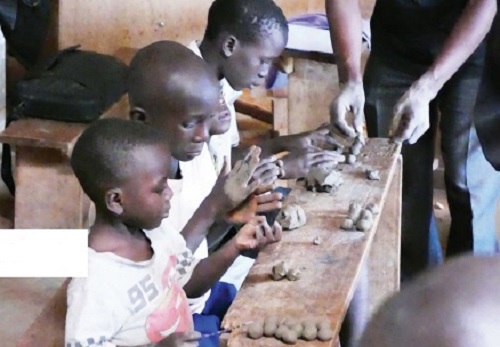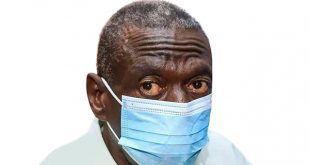
Contradictions in decolonising art training in Africa
Kampala, Uganda | DOMINIC MUWANGUZI | Formal western art training in the East African region started with Mrs. Margaret Trowell, a Christian missionary, who first lived in Kenya and later Uganda. It is in Uganda during early 1937 that Trowell established her first art classes on the verandah of her home in Mulago, Kampala.
Her teaching emphasised African traditional techniques of making art. She wanted her students to be independent of the western modernist approach of art production. She emphasised practical rather than theoretical forms of learning. Students were to form their own interpretation of day to day situations and apply such understanding in their artworks. This method produced art that was localised. In 1940 she convinced the head of Makerere College (now university) to start teaching art.
But Trowell’s approach or `vernacular art teaching’ was interrupted when she retired from the art school in 1958. Since then, art teaching has concentrated on equipping students with theoretical materials in form of European art history and acquisition of studio skills; including `proper’ picture construction and colour theory. Art training became passive with no hands- on work for students. Art lost relevance and interested students.
To return to vernacular art teaching or decolonising art education, scholars across Africa are advocating renewed emphasis on an art and the community approach instead of the colonial method of art education at tertiary institutions. This intervention makes art more practical than theoretical and encourages students to think beyond the classroom and be independent-minded.
It is argued that art learning is impeded when English, a colonial language, is used in teaching, in literature, and in the physical space- the classroom.
So, teachers of art address learners in the local language. This happened at the `Another RoadMap for Arts Education’ workshop held at Nagenda International Academy of Art and Design (NIAAD) in July 2015.
But it soon ran into challenges: the scholars at the conference were trained in western art colleges and live abroad, the project emphasised structural policies, and it lacked funding. Although it was funded by NIAAD and similar art institutions, these in fact solicit funding from western art colleges or cultural institutions. So the west was still promoting its own ideology through targeted support.
Secondly, art colleges like Makerere University traditionally perceive art as elitist and not for the average person in the community. It is a contradiction afflicting the art and the community schemes at Makerere. Recent efforts to integrate the local community through exhibitions of artworks by or for the deaf and blind by both Dr. Angello Kakande (All the Light We Can See 2017) and Dr. Amanda Tumusiime have been successful. But the academic approach impedes their effectiveness. Community integration is treated like a research project for the academia and not a communal venture that benefits the grassroots.
Tusiime Mathias’ community art project; the Uganda Community Art and Skills Development Recycling (UCASDR), is different. It is located in the community. Tusiime an artist with no formal art training is a casual labourer at the School of Fine Art and Design, Makerere and through his indigenous art practices, he established a platform to train the local community in art skills through apprenticeship. This scheme promotes innovation and experimentation. It has created barkcloth paper. It is devoid of academic pretensions.
Thirdly, the emergence of academic art platforms like Thirdtext Africa and recently Startjournal makes vernacular art teaching inefficient if not ambiguous. The editorial teams and policies used to document and censure art from the continent and western-based yet many artists and practitioners do not have the “relevant” qualifications to do art.
Some local artists, such as Eria Sane Nsubuga an artist – a Phd student at Southampton University in England – argues that academic knowledge is essential to safeguard the disciplinary aspect of art. The surge in the interest of art from Africa and in art festivals in Europe and North America is seen as a threat not a boon. It shouldn’t be.
 The Independent Uganda: You get the Truth we Pay the Price
The Independent Uganda: You get the Truth we Pay the Price


